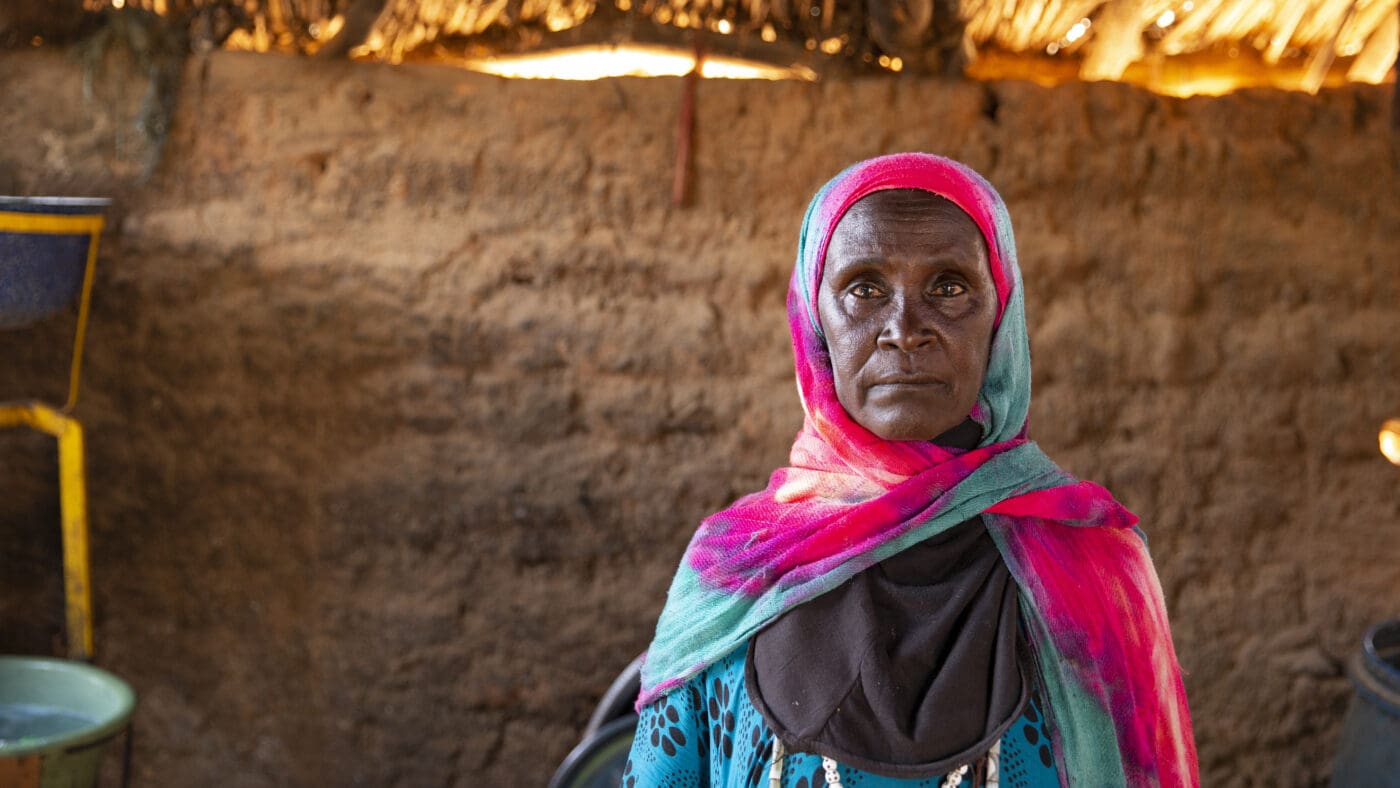
REfugees
Need Food
Millions of refugees and internally displaced persons face dire levels of hunger. WFP is on the frontlines of the world’s worst hunger crises providing them with urgently needed food assistance. Support our response and send food today.
Hunger drives displacement,
and displacement drives hunger
When people experience hunger, they may leave home in search of food and water. However, on their journey to safety through bleak environments, food is often difficult to find or access.
Forced displacement is at a record high with over 100 million people displaced from their homes. These populations face significant challenges to access food, employment and healthcare which puts them at a higher risk of hunger. In 2022, 70% of the world’s forcibly displaced people lived in countries or territories affected by hunger crises.
Current State of Refugees
There are 32.5 million refugees worldwide.
Syria is the world’s largest refugee crisis.
WFP assisted 11 million refugees in 2023.
Difference Between Refugees & IDPs
The term “refugee” is often used loosely to describe anyone who flees from conflict or disaster. However, that term applies to a specific group of people, and there are other categories such as internally displaced persons (IDPs), asylum seekers and migrants. Here’s what they mean.
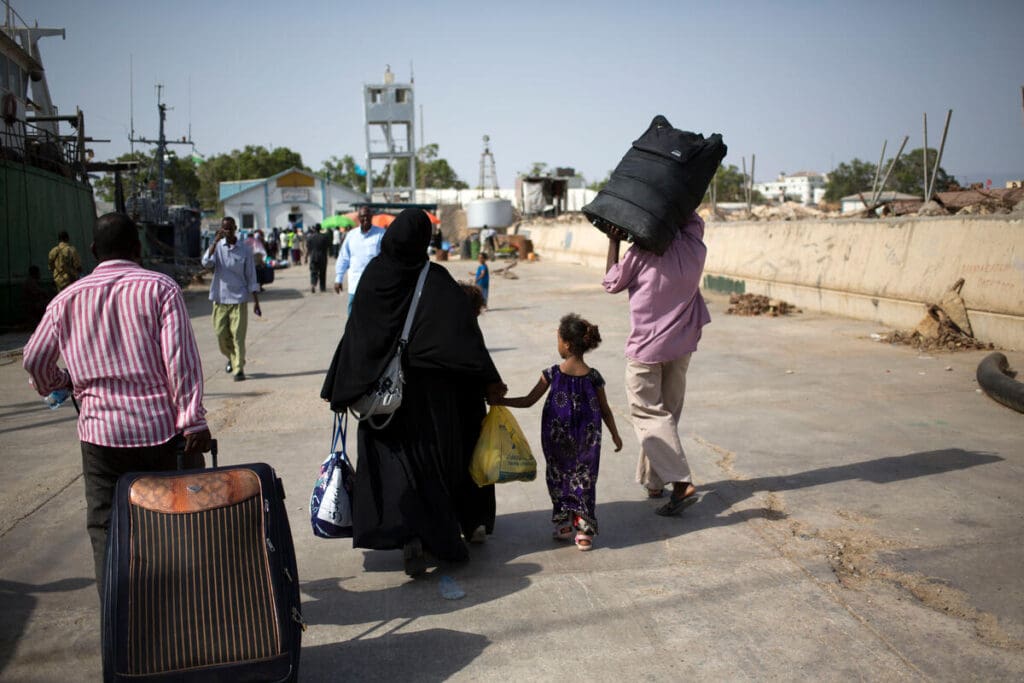
What is a refugee?
A refugee is a person who has fled their country of origin and crossed an international border in search of safety. According to the 1951 Refugee Convention, a refugee is unable or unwilling to return to their country “owing to well-founded fear of being persecuted for reasons of race, religion, nationality, membership of a particular social group or political opinion.” Refugees are protected by international law and must not be returned to situations where their life is at risk.
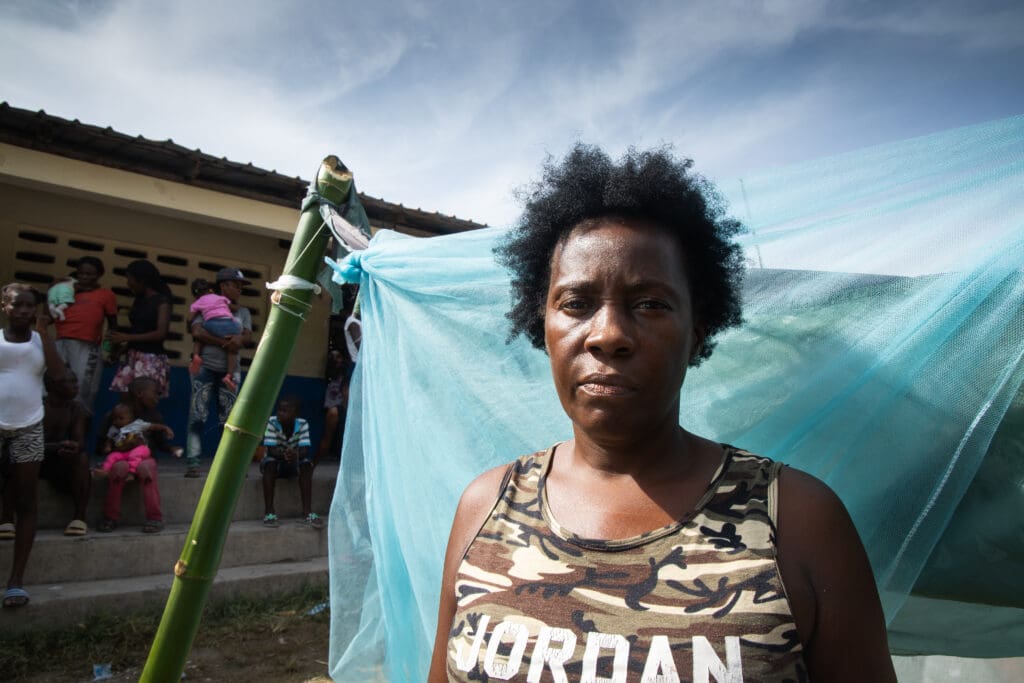
What is an IDP?
An internally displaced person (IDP) is a person who has been forced to flee their home but remains in their country of origin.
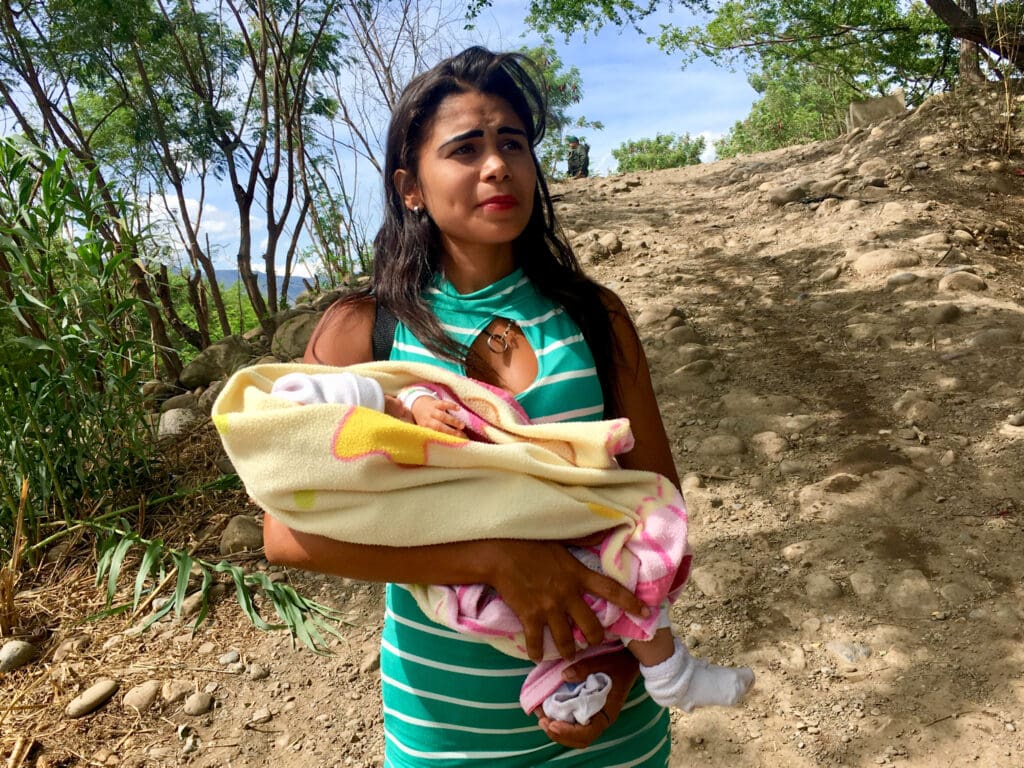
What is an asylum seeker?
An asylum seeker is a person whose request for international protection has not yet been granted by the country they submitted it to.
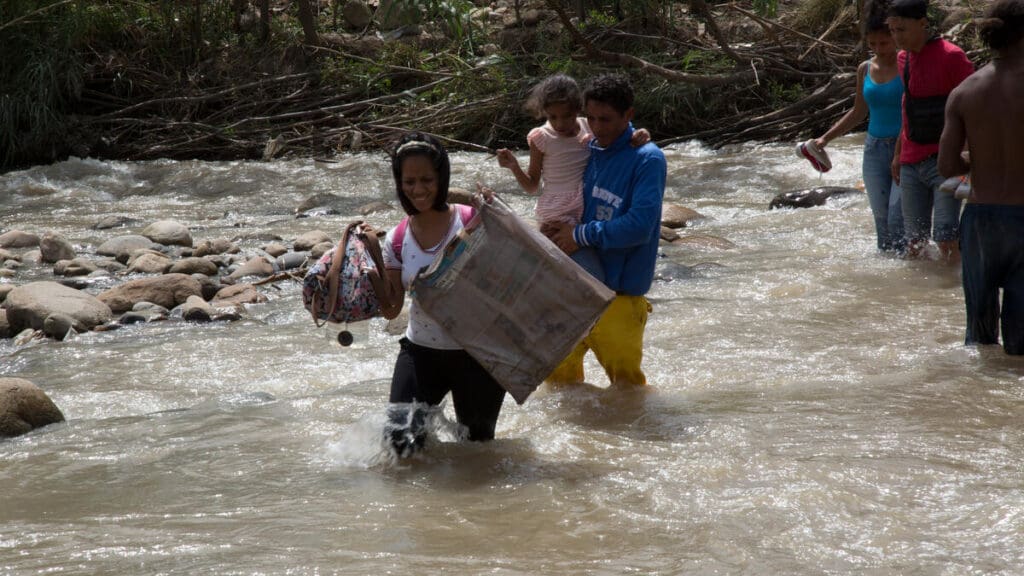
What is a migrant?
The term migrant, according to the United Nations’ International Organization for Migration, refers to a person who moves away from their usual residence “whether within a country or across an international border, temporarily or permanently, and for a variety of reasons.”
Largest Refugee Crises in the World
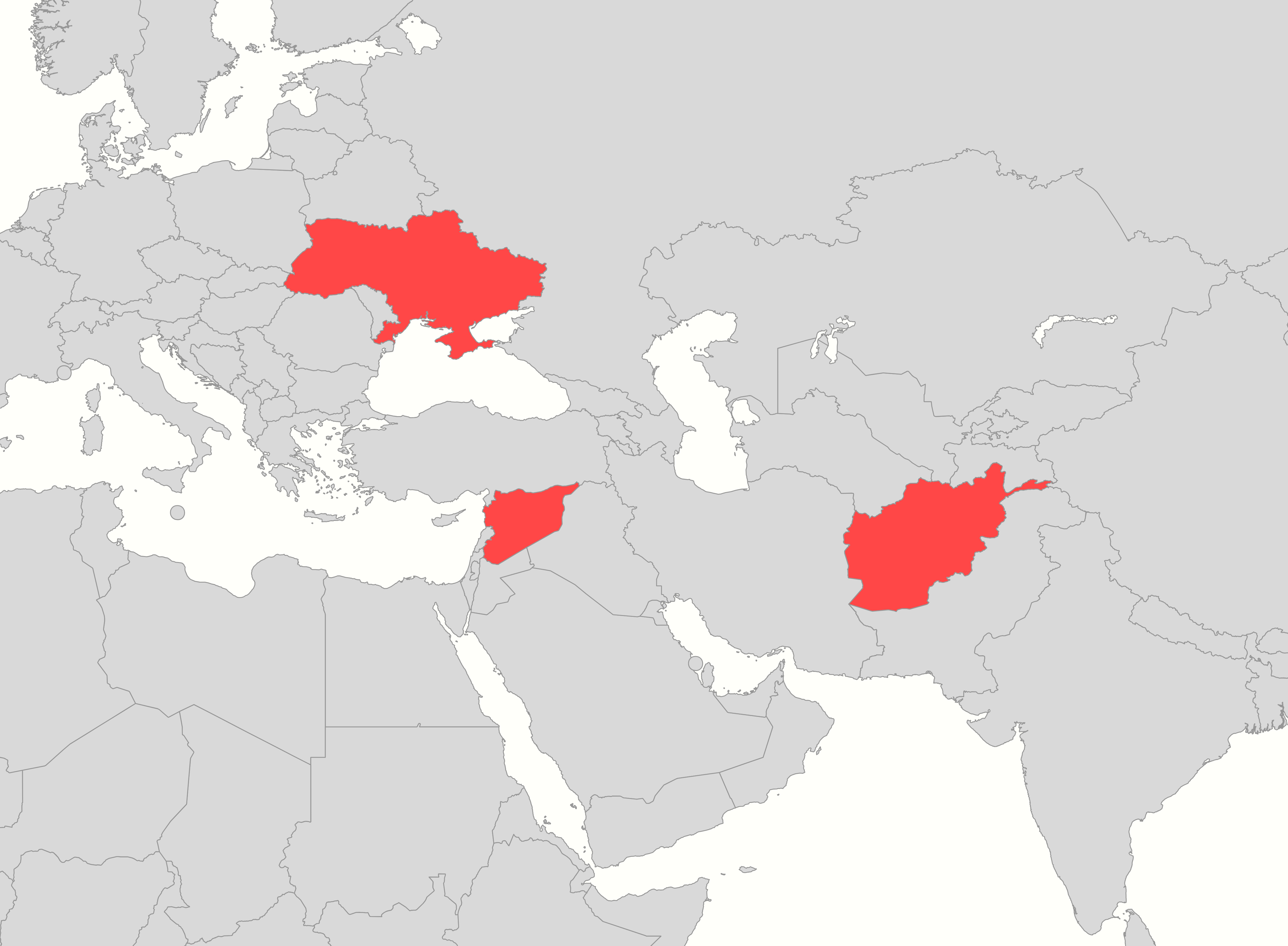
Ukraine
11 million people displaced
More than 5 million people have been internally displaced, and close to 6 million are now refugees in neighboring countries like Moldova, Poland, Romania, Slovakia, Hungary and Belarus.
Syria
12 million people displaced
Nearly 7 million Syrians are internally displaced, and 5.2 million have been forced to seek safety as refugees in Lebanon, Turkey, Jordan and beyond.
Afghanistan
6 million refugees
More than 6 million Afghans have been forcibly displaced from their homes and have fled their country. The vast majority are in Pakistan and Iran. 3.2 million people are displaced within Afghanistan.
why do refugees flee?
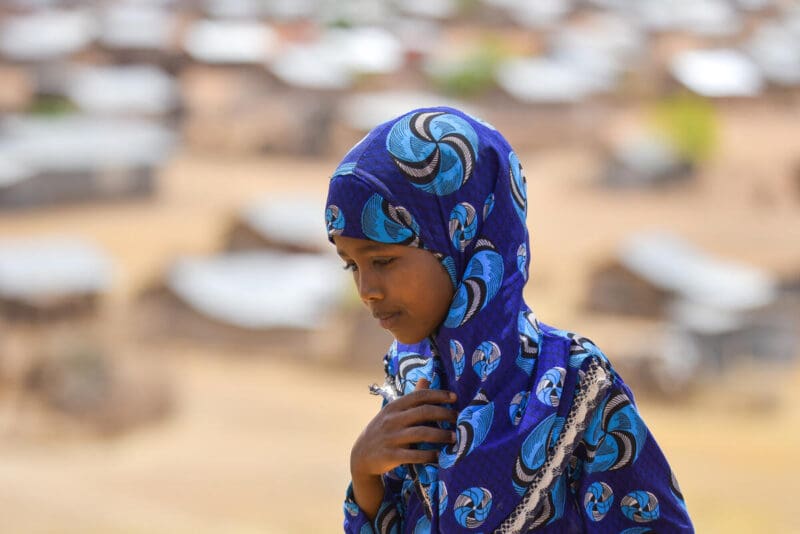
Conflict
War, violence and persecution are leading causes of refugee crises. When home is no longer safe, many people have no choice but to leave. Today, 103 million people are displaced from their homes worldwide. Conflicts across the world – notably in Ukraine, Syria and Yemen – have fueled this historic level of displacement.
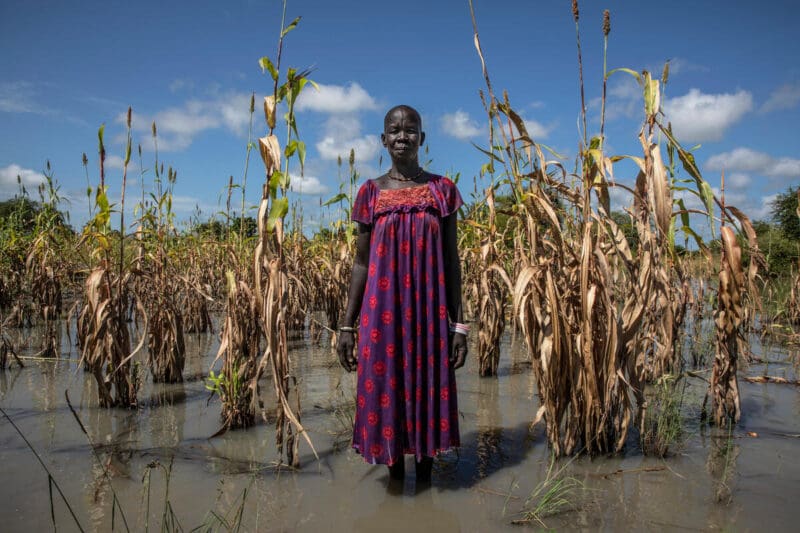
Climate Extremes
Extreme weather events can force people to seek refuge elsewhere, either within or across their country’s borders. In 2022, 32.6 million people were internally displaced by disasters including floods and typhoons. These disasters hurt people’s livelihoods as well as their access to food and water.
Photo: WFP/Gabriela Vivacqua/2022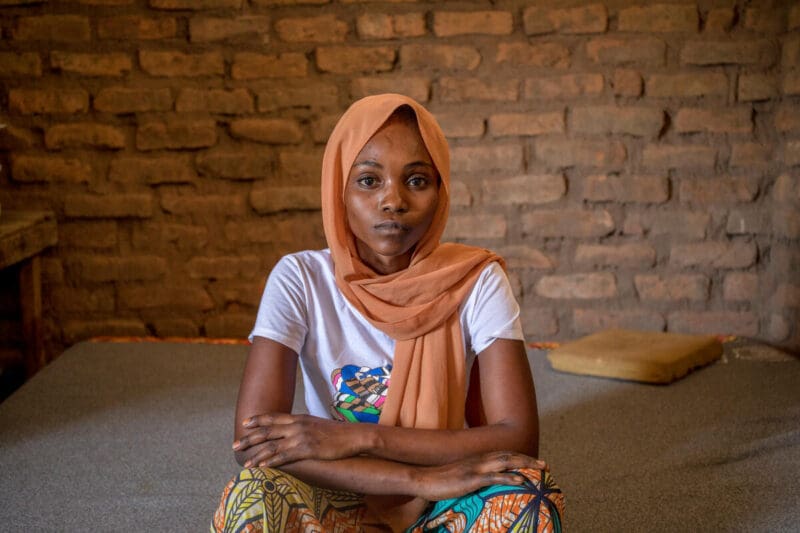
Economic Shocks
Low wages, unemployment and inflation can make it nearly impossible for families to afford essentials like food.



How WFP Helps Refugees & IDPs
Around the world, the United Nations World Food Programme (WFP) provides lifesaving assistance to over 100 million people experiencing severe hunger including refugees and internally displaced persons (IDPs).
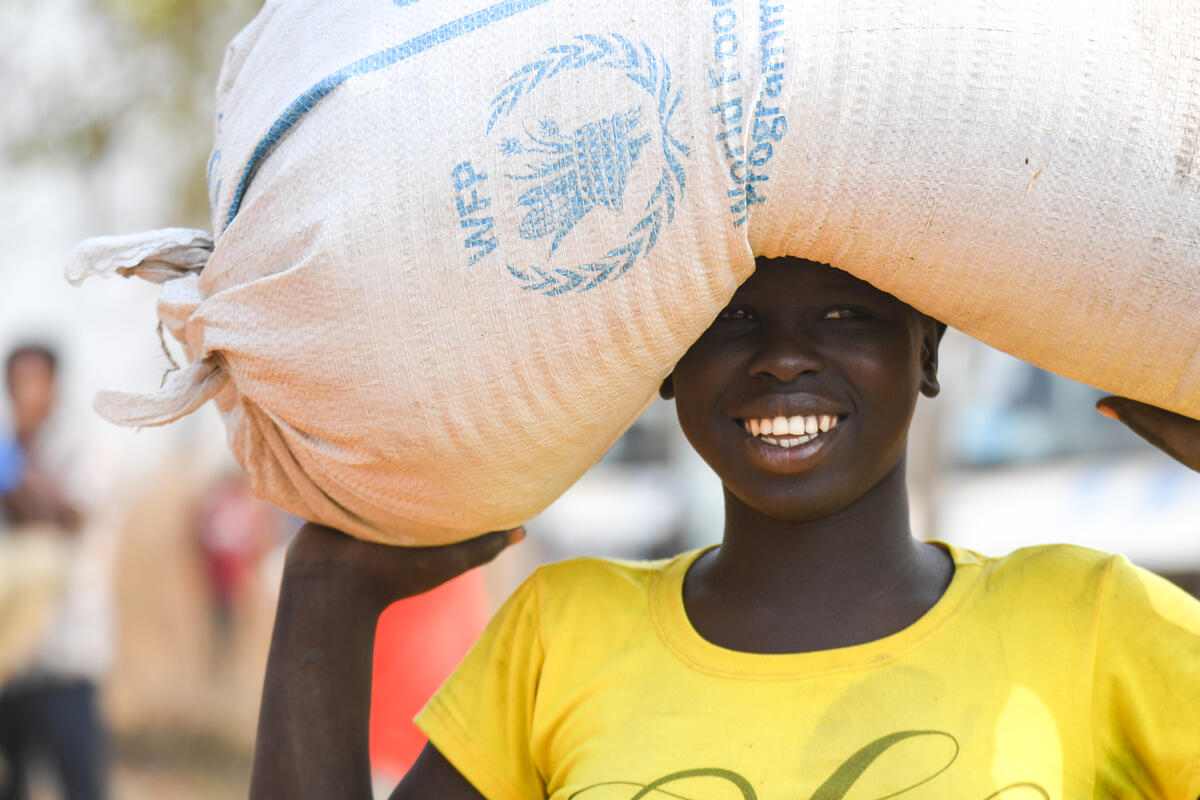
WFP meets people’s immediate needs through emergency food and cash assistance. From beans to fortified powders to high-energy biscuits, we deliver the right food at the right time.

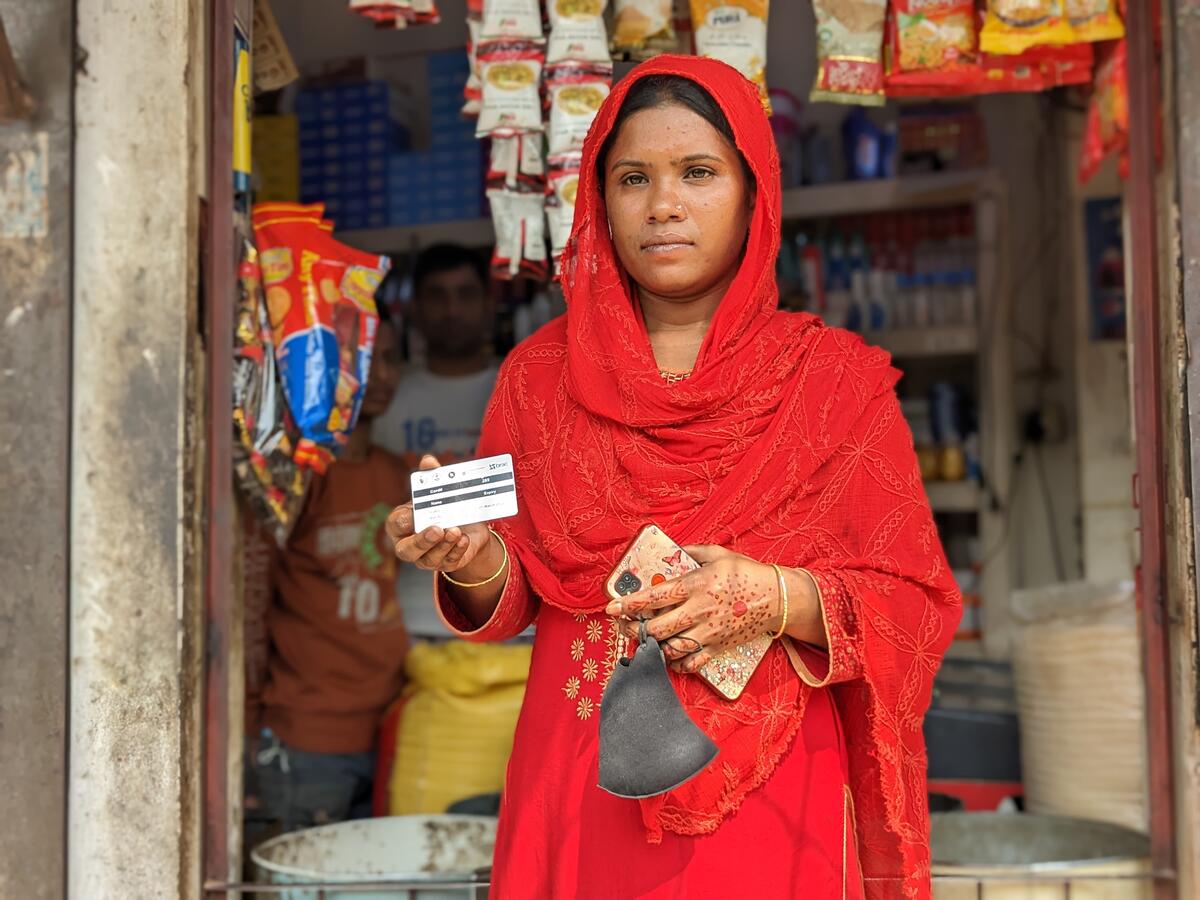
Where markets are functioning and food is available, WFP provides refugees and IDPs with cash assistance to help cover the cost of food and other essentials like rent, electricity and healthcare.

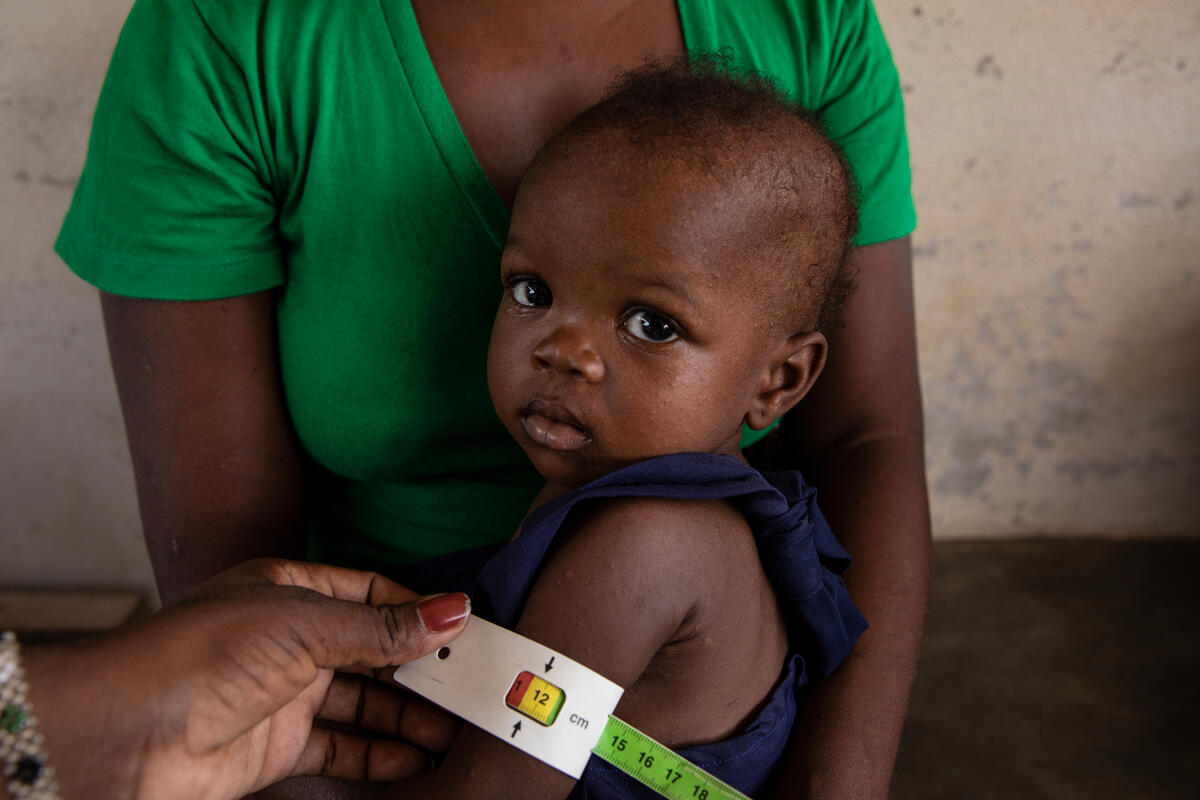
In crises, women and children are at higher risk of hunger. WFP provides them with the malnutrition prevention and treatment services they need to survive the world’s worst humanitarian emergencies.

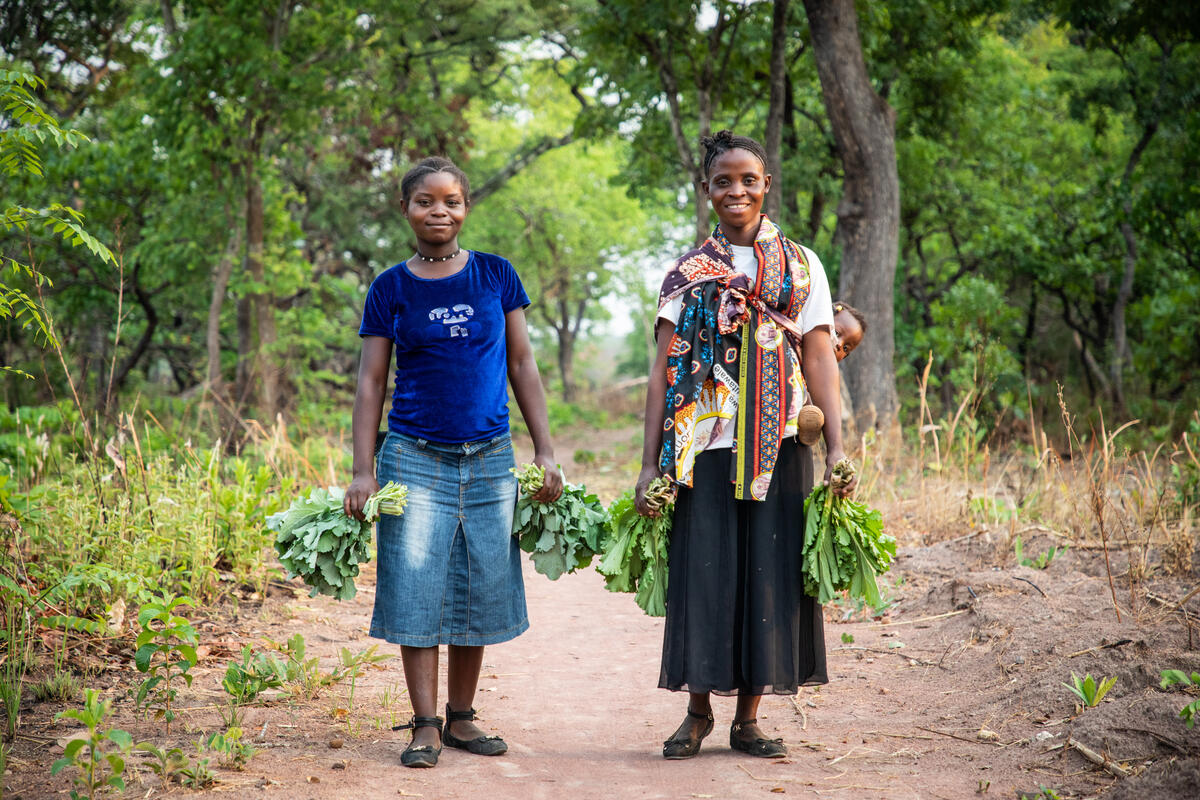
Through the Food for Assets program, WFP combines short- and long-term assistance to help boost people’s resilience and build back their self-reliance – wherever they are in the world.

REfugee Story:
Meet Salome
In 2020, Salomé fled her home in the Cabo Delgado Province of Mozambique due to violent conflict. “I left my homeland because of the war,” she said. “My house was all damaged. I lost eight people from my family.”
Salomé’s family is internally displaced and now resides in the Nampula Province. “We survive thanks to aid from the U.N. World Food Programme. We receive rice, beans and oil,” Salomé explained. She still hopes her family can one day return to their home in Cabo Delgado. “If it was peaceful there, I would go back.”
News & Updates on Refugees
Read the latest stories on refugee crises and what WFP is doing to help.


